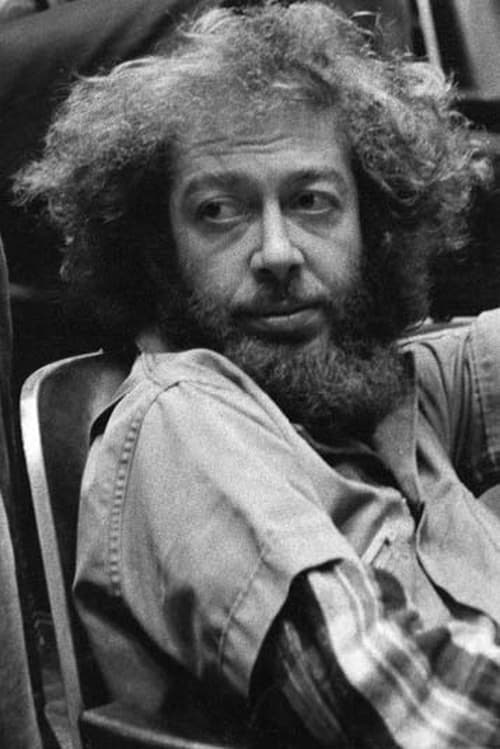Matrix [First Dream] (1979)
Género :
Tiempo de ejecución : 28M
Director : Hollis Frampton
Sinopsis
A film of multiple superimpositions, utilizing the images of Solariumagelani (Summer Solstice, Autumnal Equinox, and Winter Solstice) (1974) overlaid with the hexagonal shapes that recur throughout Frampton's Magellan cycle.

A deconstruction of Dog Star Man that takes the four rolls and shows them first combined, then each combination of three rolls, then each combination of two rolls, then each individual roll. The plot is of a man who goes up a mountain with a dog to chop down a tree but has some unspecified transcendental experience while he is there.
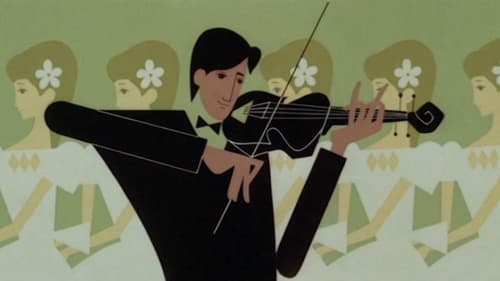
Película antibelicista que muestra, sin diálogos, los días tristes y felices de una joven niña y su osito de peluche, un ratoncito llamado Kanku-boya y su familia, un árbol, varios posters que cobran vida o una vieja lámpara y una polilla. Con guión de Osamu Tezuka, creador de Astroboy.

The creation of Earth and Mankind. And how God changed his mind.

Experimental filmmaker Pip Chodorov traces the course of experimental film in America, taking the very personal point of view of someone who grew up as part of the experimental film community.

Big dreams, big blunts, big rims, and big guns. It's time to get gangsta gangsta. Ninja and Yo Landi are wheelchair-bound lovers and real gangstas. They live in the outskirts of civilization, they shoot guns for fun, smoke massive joints, and sleep in the woods. They don't have any bling to show for their gangsta cred, but the world deserves to know who they are. They're tramps, and their wheels are starting to fall off. Ninja become despondent over their vagabond existence, but Yo Landi won't let him give up. What ensues is straight up gangsta mayhem, the realist of the real, true gangsta shit.

In a deconstruction of classic Hollywood codes, using repetitive single frame images, the re-editing of teenager movies produces an intense Oedipal drama.

Pierre Clémenti's Soleil presents a psychedelic meditation on his life and his detention in an Italian Prison in 1972.

An experimental short film by John Whitney Sr. which combines animated shapes and colors; Computer graphics as dynamic, swirling art.

A tilted figure, consisting largely of right angles at the beginning, grows by accretion, with the addition of short straight lines and curves which sprout from the existing design. The figure vanishes and the process begins again with a new pattern, each cycle lasting one or two seconds. The complete figures are drawn in a vaguely Art Deco style and could be said to resemble any number of things, an ear, a harp, panpipes, a grand piano with trombones, and so on, only highly stylized. The tone is playful and hypnotic.
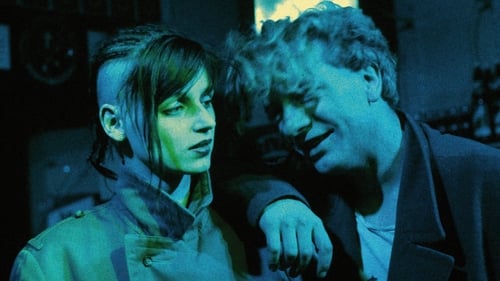
F.M. discovers that different sonic frequencies induce different patterns of behaviour in listeners, first in his own studio but later in the local "H-Burger" restaurant where the passive muzak appears to be wiping people's emotions.

Wavelength" ("Longitud de onda"), es un viaje a través de una habitación con ventanales, un deslizamiento a través del tiempo cinematográfico (distintos tiempos, luces, texturas), un viaje que incluye una muerte y finaliza en una imagen inmóvil: una foto del mar. El deslizamiento es físico (óptico) y metafísico, y la nave es aquí un zoom virtual hacia delante (en realidad es fragmentario y no exacto) y un sonido progresivamente agudo, hasta el silencio final del mar quieto.
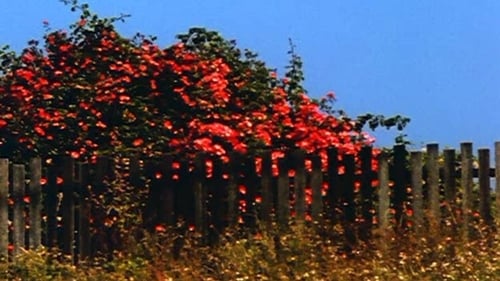
The film is made up of one single take. The camera pans to the left, focusing on a dilapidated fence in a rural field, as Ella Fitzgerald's "All My Life" plays on the soundtrack. At the end of the 3 minute film, the camera tilts up to the blue sky just as the song ends.

En una mansión entre las montañas japonesas y el mar, conviven recluidos dos músicos dedicados a la creación de sonidos puros, lejos de la fama y el éxito que conocieron tiempo atrás. Es el año 2015, y las ciudades más importantes fueron diezmadas por una plaga terrible, un virus altamente contagioso que provoca en los infectados un pavor insoportable, seguido de una desesperación abrumadora, y el inevitable suicidio. Una enfermedad mortal, sin cura: el síndrome "Lemming". Algunos creen que la cura está en los sonidos puros que logran los músicos. Rodeados de una naturaleza abandonada por el hombre, los músicos comienzan a tocar.

Vertical Features Remake is a film by Peter Greenaway. It portrays the work of a fictional Institute of Reclamation and Restoration as they attempt to assemble raw footage taken by ornithologist Tulse Luper into a short film, in accordance with his notes and structuralist film theory. The footage consists mostly of vertical landscape features, such as trees and posts, shot in the English landscape.

Experimental film fragment made with the Edison-Dickson-Heise experimental horizontal-feed kinetograph camera and viewer, using 3/4-inch wide film.

The Mexican Gelsen Gas side by side with Alexandro Jodorowsky (Fando y Lis, El Topo, The Holy Mountain and others) appeared as a theater director, artist and poet, had an idea about staging haiku's that would reflect the sexually-charged and politically streaming time. Early in the film finds a man buried a few rolls of film in the desert.

Part documentary, part personal essay, this experimental film combines archive imagery with the striking wintry landscapes of Alaska to tell the story of immigrant experience coming into the UK from 1960 onwards.

Deren filma al bailarín Talley Beatty durante la ejecución de una danza compleja y rítmica a través de diferentes escenarios que nunca parecen estar separados. El film se realiza con un trabajo especial para la cámara, es decir, el estudio del cuerpo y del espacio físico están pensados para la cámara. El montaje y la edición terminan de configurar una obra en la cual el bailarín parece que se encuentra en un sinfín de escenarios, como un bosque o una sala de una casa.
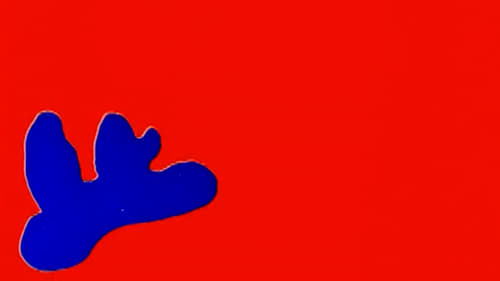
An experimental film in which both sound and visuals were created entirely by Norman McLaren drawing directly upon the film with ordinary pen and ink. The main title is in eight languages. Rereleased with multilingual titles in 1949.

